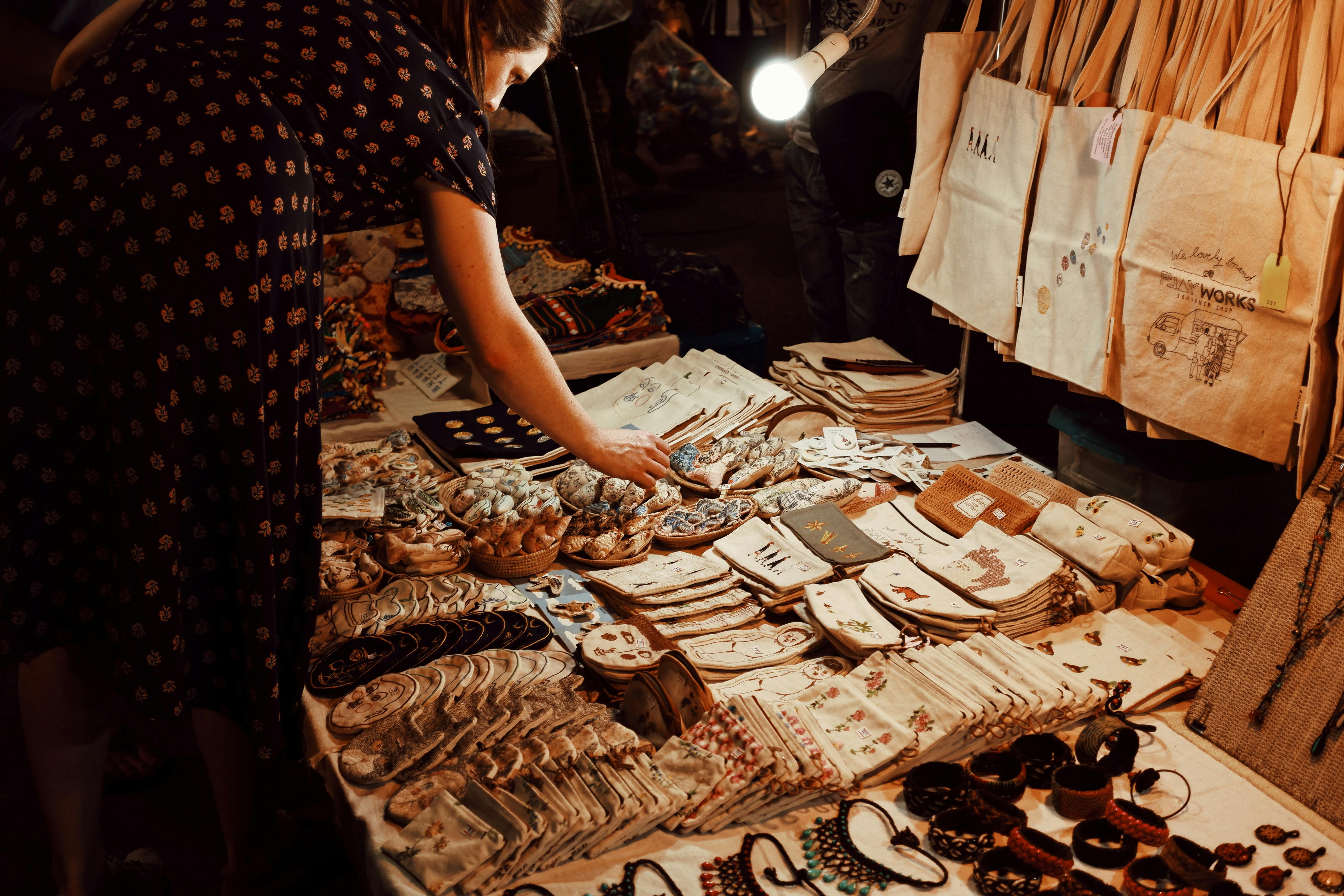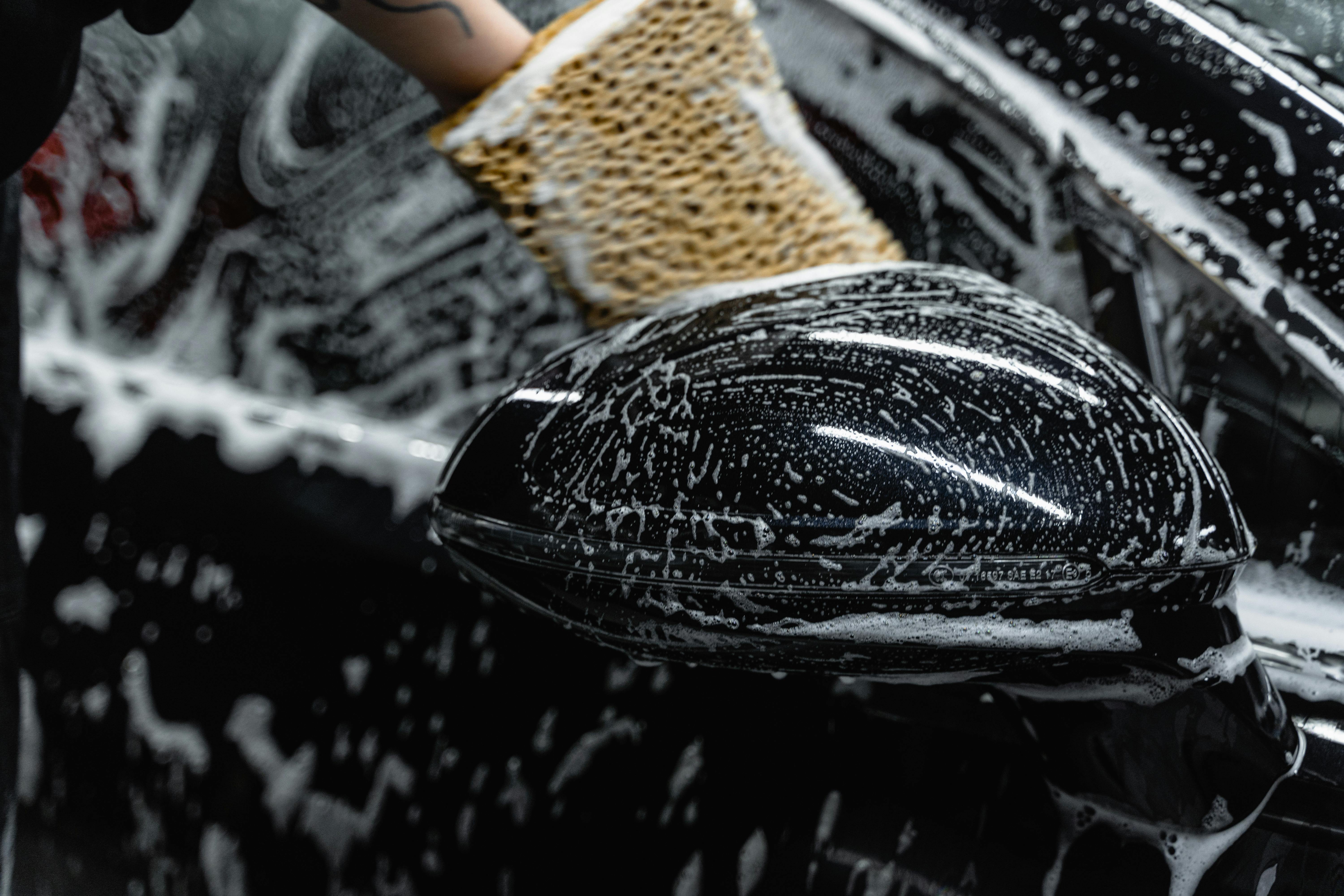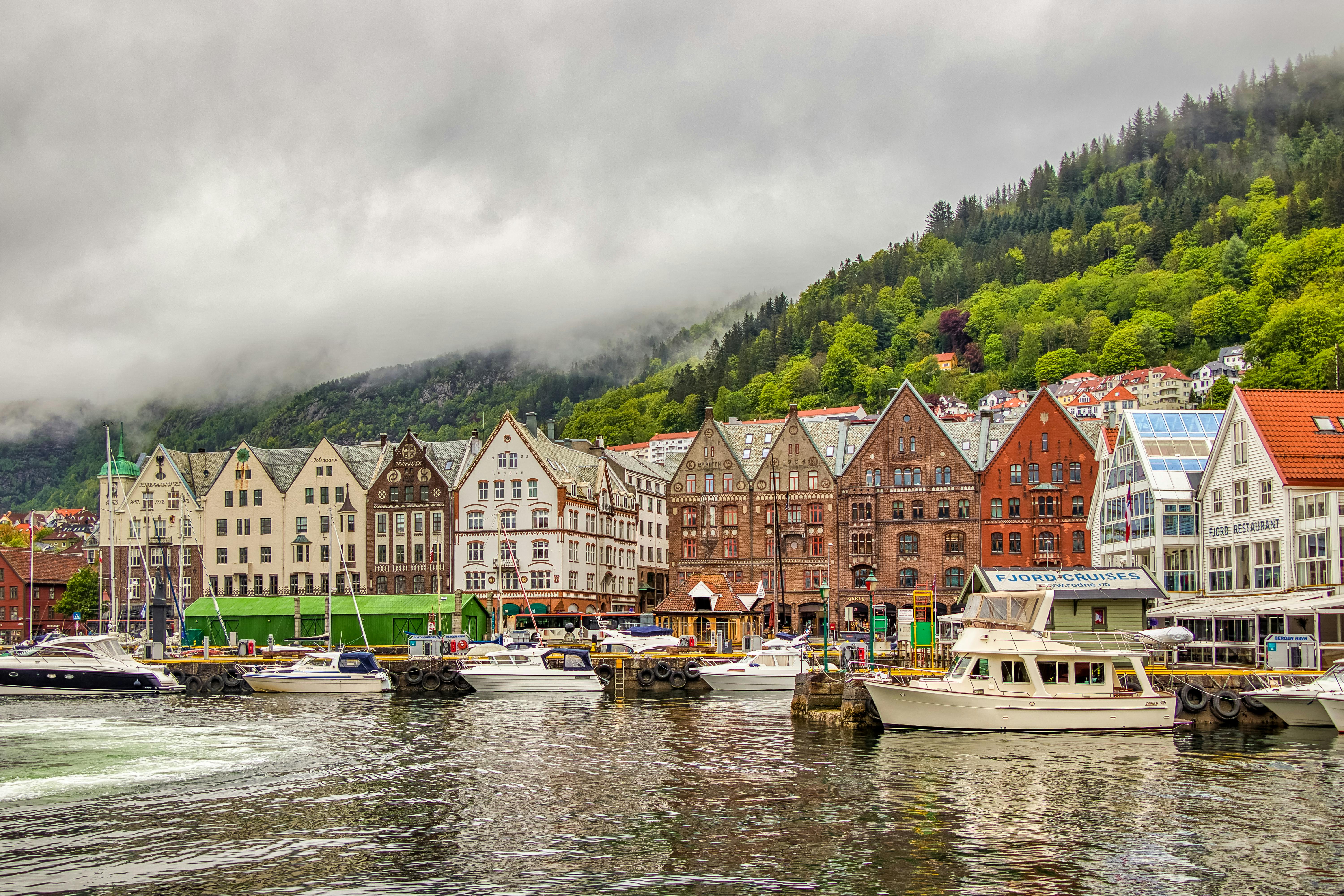Vientiane
Unlike other capitals in Southeast Asia, Vientiane is not a 24/7 shopping frenzy. Its laid-back vibe makes it feel like a small town, which makes sense, because that’s exactly what it is.
If there was a ‘Softest Capital in the World’ competition, Vientiane would win hands down. Backpackers head south to get drunk and float down the river that borders the town of Vang Vieng. Sophisticated travelers flock to Laos’ luxurious capital, Vientiane, usually before visiting Luang Prabang. Unusually for a capital, Vientiane is located just across the border from Thailand, across the Friendship Bridge. However, the influence that shines brightest is French. To begin with, the name is galicized. The original name, Viangchan, which means ‘City of the Moon’ in the native Lao language, proved too complicated for the French language.
Expect French food, French flowers (marigolds), even the Arc de Triomphe, well, a monstrous concrete model, known as the Arch of Victory. Nicknamed the Vertical Runway because it was built with cement donated by the United States in 1969 for the construction of the airport, the arch is a bit taller than the original, to spite the French, but unfinished. One sign blames this on Laos’ tumultuous history, which presumably means the punishment inflicted by the French, Japanese, Chinese, Burmese, Vietnamese, Thai and Americans. But all that was a while ago. Even the poster itself acknowledges the monument’s shortcomings, calling it a ‘concrete monster’. There is no twist here. Cynics may wonder why the communist landlocked state still can’t get their act together and finish the job. The decrepitude that the arch epitomizes extends to the streets as well, so be careful not to step on a pothole or manhole.
Also watch out for tuk-tuk drivers, who are as enterprising as you’ll find in Asia. Always set a price and clarify your destination before you jump. Otherwise, expect to be taken to the wrong side of town for more Kip, the currency that has no value, than you’d like to spend. The perfect remedy for a white-knuckle tuk-tuk ride is a session at one of Vientiane’s many excellent and ridiculously cheap spas. For a Kip blast, you can experience a much less brutal massage than the one Thai boxer mimes receive, and in a much more atmospheric setting.
Blessed with Indochinese-style bags and the most cheerful residents, Vientiane combines Gallic style with Asian mystique. This style also influences and permeates the sauces and aromas of the exquisite cuisine available at the world-class French restaurants in Fountain Square. For those travelers who are deeply fed up with the sweet and sickly white wheat products falsely presented as “bread” in almost all of Southeast Asia, the lunch baguettes and breakfast croissants available in most of Laos will mean a very welcome change.
The culinary alternative to Fountain Square is the Mekong. Its nearby shore is lined with dozens of cheaper but equally good Asian restaurants, where diners lounge on mats and watch the sun set over the river while sipping a cold Beer Lao, the delicious default state drink. If you can get away from Vientiane’s culinary attractions, perhaps visit the National Museum of Lao History. Set on the main street, it sounds and looks boring, but is brought to life by its jargon of jingoistic rage against the invader. Check out photos of peasant snipers and displays of thick weapons. “Weapons ordered by US imperialists for their puppets,” a caption screams.
If your spine can handle the bone-shaking 24km journey, then take a trip from Vientiane to perhaps the area’s most memorable attraction: that memory-card-consuming icon, Buddha Park’s sculpture garden. There, tilted at crazy angles, gigantic concrete statues of Buddhist and Hindu gods jostle with fanciful likenesses of beasts real and imagined. The highlight must be the giant, three-story pumpkin representation of Hell, Earth, and Heaven, entered through the jaws of a demon head. More kitsch than religious, but a fun day. Apparently designed by Salvador Dalí while he was drugged beyond his eyes, Buddha Park dates back to 1958 and owes its existence to the mystic seer Luang Pu Bunleua Sulilat, who left Laos after the 1975 communist takeover. park contrasts with the golden and beautiful temples of the city center that stick more to the rule book but, like Buddha Park, also have a slightly hallucinatory feel about them.
While these attractions are worth visiting, Vientiane lacks the truly monumental and instead captures the senses with its tranquility and idiosyncratic charm. It’s a place to eat, people watch, relax, get a massage, maybe visit one of the respectable nightclubs. Vientiane lacks vibrancy, but for so many visitors with enough energy to spend in their daily lives, this is just what the doctor ordered.


